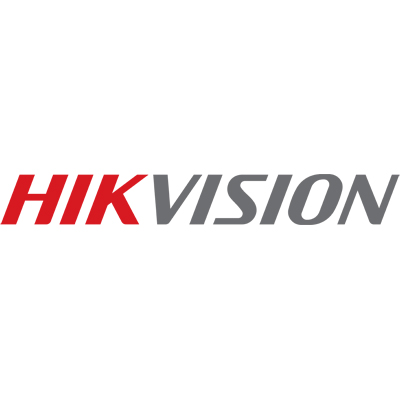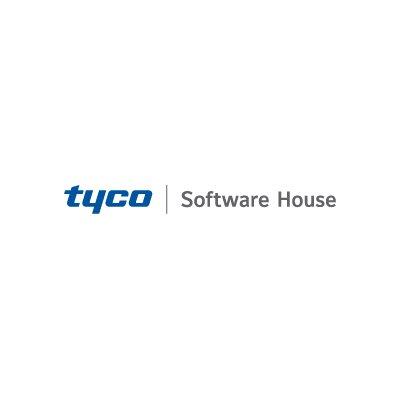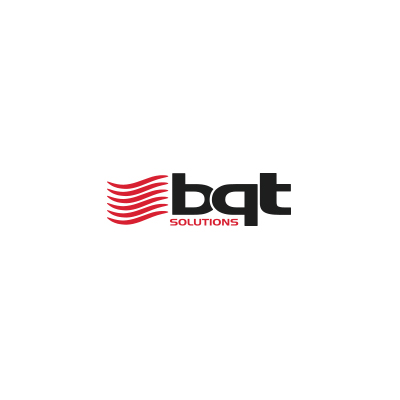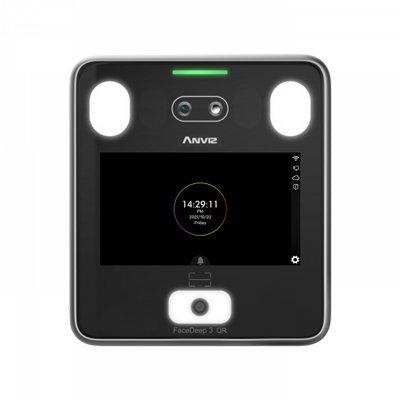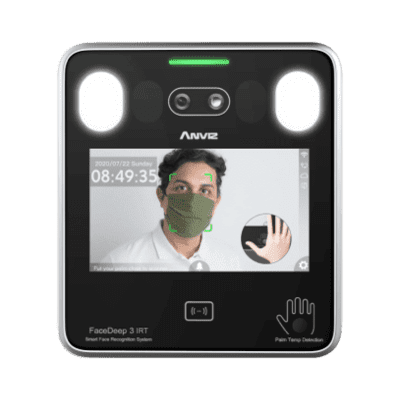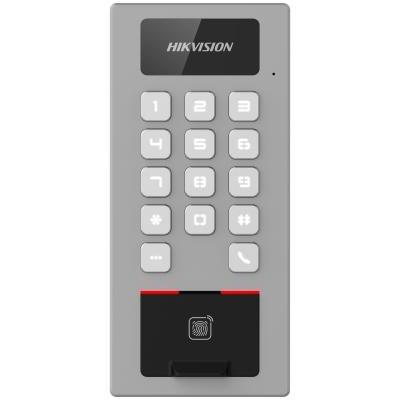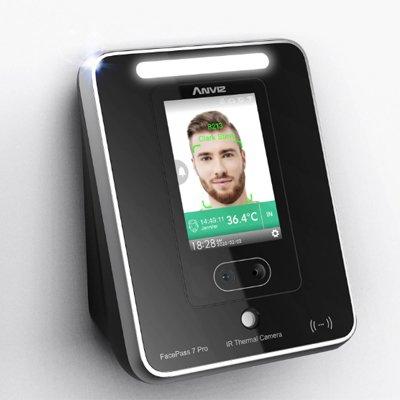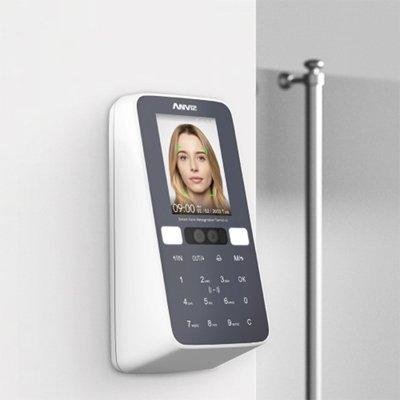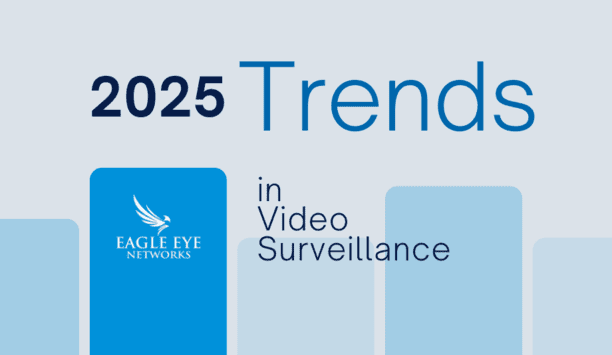Siemens Building Technologies offers a wide range of readers and card technologies
Product Profile
One of the reasons for the flexibility of Siemens SiPass access control systems is the comprehensive range of readers and reading technologies available which includes everything from magstripe readers to hands-free loop readers, ensuring options to fit a multitude of environments and security levels. Tested and qualified for use with SiPass systems, the readers and cards also work with virtually any access control system on the market.
Cotag
Cotag is a proprietary Siemens technology which can read both active (long-range) and passive (proximity) cards and tags, allowing both to be mixed within a single system. For applications such as hospitals or warehouses, or where the disabled may have difficulty presenting proximity tags to readers, the battery embedded within Cotag active cards can offer a truly hands-free access control environment.
Smart card
With cards increasingly being used to perform a number of different functions, Siemens' Smart Card option offers the storage capacity to hold additional data. This means they can be used beyond just their access control function; they can also be used as a cash card at company restaurants or vending machines, for example. The capability to store biometric data, such as fingerprint templates, makes this a particularly effective option for high security applications.
125 kHz proximity
Since proximity cards only need to be held near the reader rather than swiped, the lifetime of the card is extended due to reduced wear and tear in a system which offers increased security compared to magstripe technology. Some of Siemens 125 kHz proximity readers support the SiPass algorithm which offers a higher level of security than conventional 125 kHz.
Magnetic stripe
Cards which are swiped through a slot on a reader are the least expensive option and are largely employed when extending a system which already uses magnetic stripe technology.
Communication protocols
SiPass readers communicate with the door controllers either via standard reader protocols or via Siemens own proprietary reader protocols - BC-Link and CerPass/UCI (RS485).
The Siemens proprietary protocols are bi-directional so they can be used for buzzer control, LED feed-back and arming/disarming of an intrusion area. Installation is also faster as less wiring is required. -Link and CerPass/UCI also provide constant monitoring of reader status and higher security levels compared to standard protocols.
To view the entire range, please see the new Siemens SiPass Readers and Cards brochure.
Technical Specification
| Make | Vanderbilt |
|---|---|
| Manufacturer | Vanderbilt Industries |
| Category | Access Control>Access control systems & kits |
| Model code | AR6181-MS - Card reader |
| Standalone/ Networked/ PC | Networked |
| Reader Type | Smart Card |
| c/w Cards, Tags or Fobs | Cards |
| Long Range | Yes |
| Proximity Reader Range mm | 40 mm read range |
| Environmental Specifications |
Operating Temperature oC: -20 ~ +70 Protection: IP65 |
| Electrical Specifications |
Voltage: 12 ~ 24 V DC Power Consumption: 12 V DC |
| Physical Specifications | Dimensions mm: 91 x 85.5 x 40 |
| Additional info | The AR6181-MS (card-only reader) and AR6182-MS (card and PIN reader) proximity readers in square housing. The readers are designed for access control applications using standard Mifare cards (13.56 MHz technology), to read the unique card number or the personalised ID number within sector/block of Mifare cards. Readers can be connected to the door controller or the Reader Interface Module RIM to allow the operation with the access control systems CerPass, SiPass or SIPORT. Interface to co ntroller: RS485-monitored CerPass/UCI protoco, Omron (Clock&Data) or Wiegand. Indicators: 3 x LED, 1 x buzzer. Indoor and outdoor use. Housing: PC/ABS plastic. Colour: silver. CE approval. Compatible cards include: ABP5100-PR and ABP5100-BL. |
| Download PDF version Download PDF version | |
Compare Vanderbilt AR6181-MS - Card reader with Access control systems & kits from other manufacturers
You might be interested in these products
Related Whitepapers
10 top insights in access, cloud and more
Schooling the market on education security
The critical role of access control in K-12 school security
2025 Trends in video surveillance
Download7 proven solutions for law enforcement key control and asset management
DownloadMaximising security and performance
DownloadGuide for HAAS: New choice of SMB security system
DownloadThe truth behind 9 mobile access myths
Download

